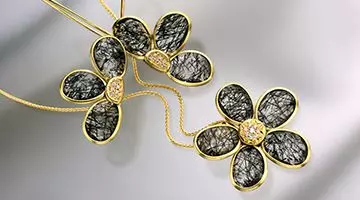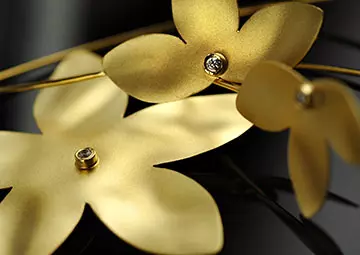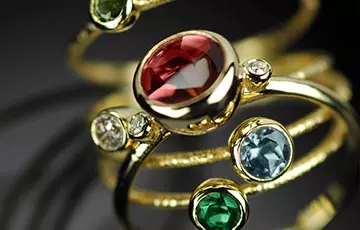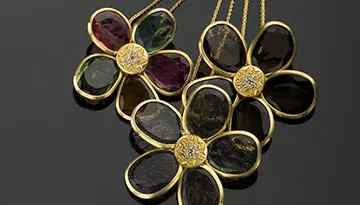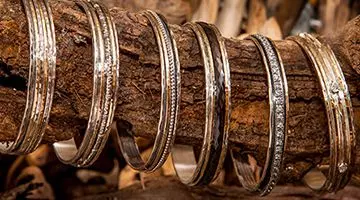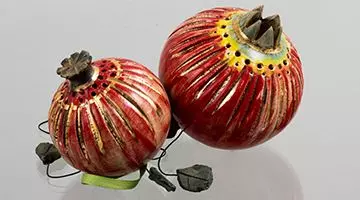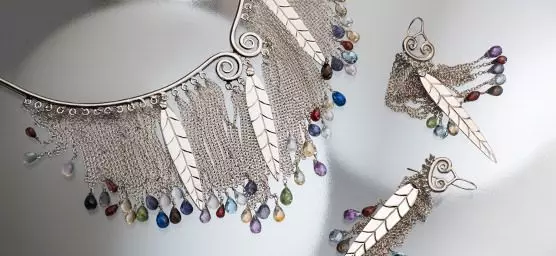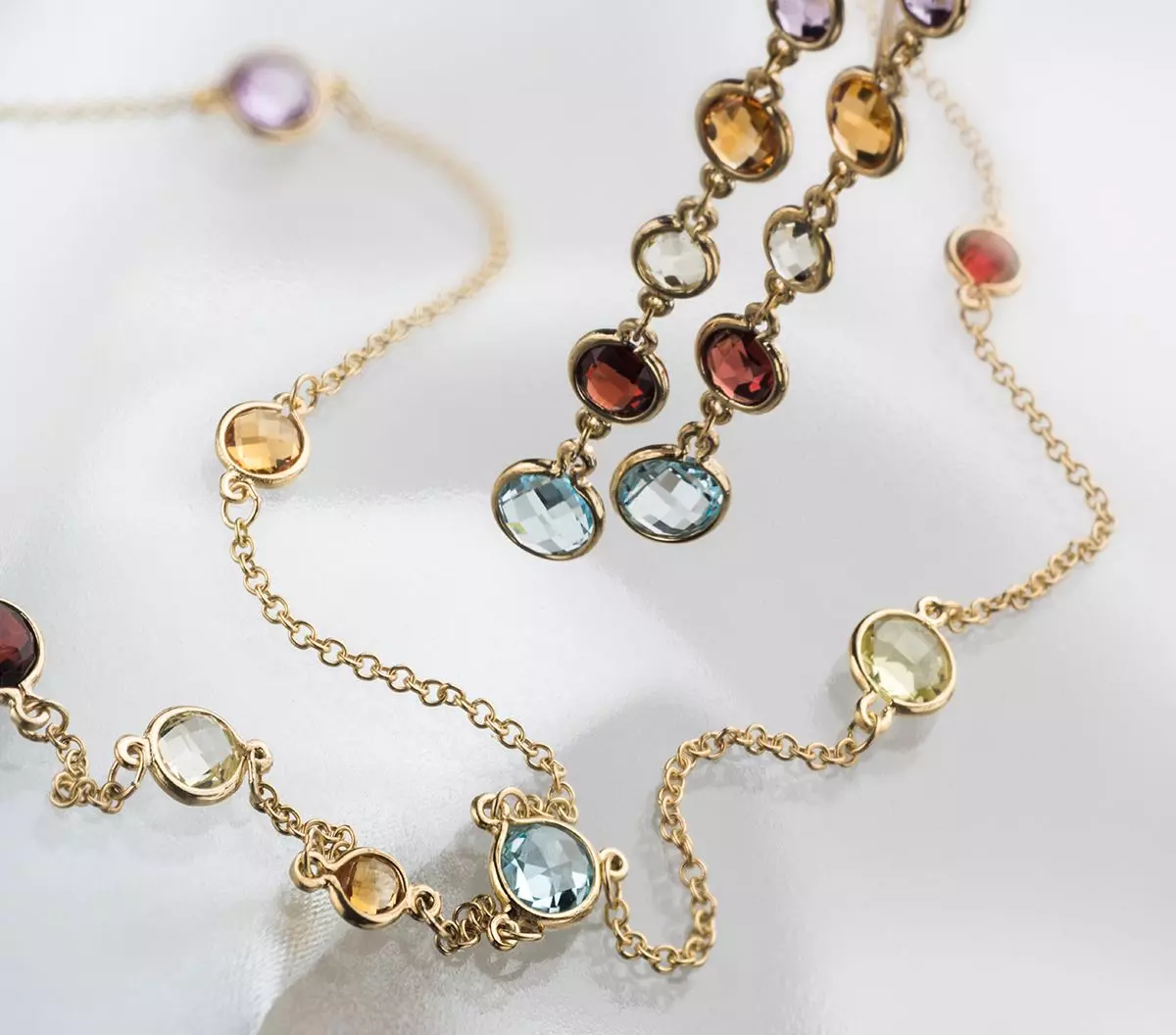An Introduction to Gemstones
There are about 3,500 different minerals found on Earth. Of those minerals, 120 are defined as “gemstones” and out of those, only around 50 that are suitable for mounting in jewelry. Gemstones fall under the collective name “crystals,” as these minerals have a uniform crystalline structure, and the same geometrical crystal lattice and a specific, well-defined chemical composition.
Formation of Gemstones
The formation of gemstones happens through a natural process deep in the crust of the Earth. Gemstones are formed by the crystalization of minerals due to immensely high temperatures combined with pressure within the molten substance of the Earth and minerals in the surrounding areas.
Gemstones are brough to the Earth’s surface through the result of volcanic activity, changes in the Earth due to an earthquake, or through precipitation which seeps into the depth of the Earth creating geological changes.
Organic Gemstones
Gemstones are considered organic when they are created from minerals which have crystalized as a result of a process connected to living organisms, and not gemonolgical crystalization. These gemstones includes pearls, shells (with peals), coral, and amber. The color of these gemstones tends to fade and change over time.
Precious and Semi-Precious Gemstones
The four most sought-after gemstones are called precious gemstones. Damonds, emeralds, rubies and sapphires fall into this category. All other gemstones are categorized as semi-precious gemstones, with opal, aquamarine, tourmaline and topaz being the most precious.
Evaluation of Gemstones
Similar to how diamonds are graded, gemstones are also evaluated using the 4 Cs: Color, Clairity, Carat, and Cut
Color
The color of a gemstone is the most critical factor impacting the price of any gem, and is calculated by the three basic components of hue, saturation and tone. Many gemstones have differences between the color reflected on the outside of the crystal versus those in it’s center, meaning that as the cut penetrates into the center of the crystal, the color becomes richer, clearer, and more impressive.
Clarity
The clairity of a gemstone is grated based on the interal landscape of the stone in regards to inclusions, as well any blemishes that may appear on the exterior. The transparency of a gem is measured in relation to the type of stone it is, and the aim is to select stones with the greatest clairity and least amount of inclusions. The inclusions in a diamond greatly influence the value, however in colord gemstones the inclusions generally have less bearing on the value and may actually increase their value as it enhances the beauty. Inclusions create the shine and flash you see in Moonstones. With Amber, the more inclusions found in this stone, the greater it’s value. With Roman Glass, the more colorful it’s patina, the greater the value of the glass.
Carat
Like diamonds, the weight and apparent size of a gemstone is measured in carats. The word ‘carat’ comes fromt he Greek word “keration,” meaning “fruit of the Carob.” Throughout history, merchants form the East used carab seeds as counter weights when weighing gemstones that were brought from the East to the West. Carob seeds were unique in that they were all of equal size and weight, making them ideal to be used as counter weights. Each seed weight 0.2 grams, which is the same the weight measurement of today of 1 carat = 0.2 grams.
Cut
The cut refers to the shape of the gem and is a critical factor in allowing the full beauty of the gemstone to shine. There are a variety of different cuts for colored gemstones, each reflecting a unique style.
Interested in Gemstones?
Take a look at our gold & gemstones jewelry collection or, at our silver & gemstones jewelry collection

